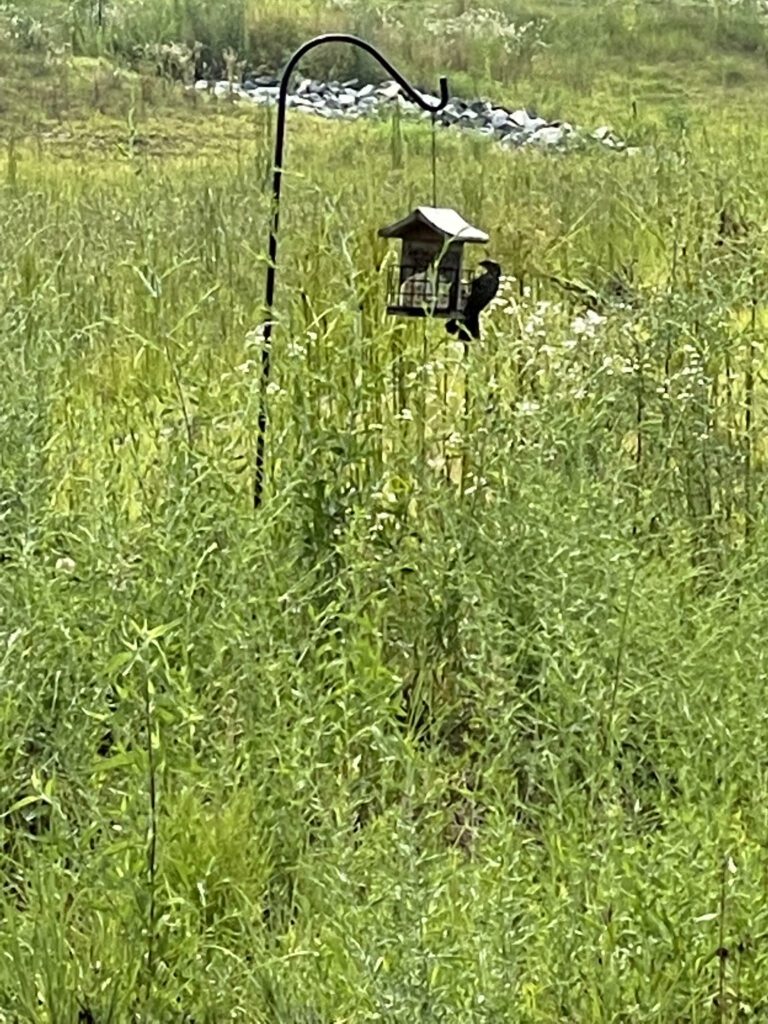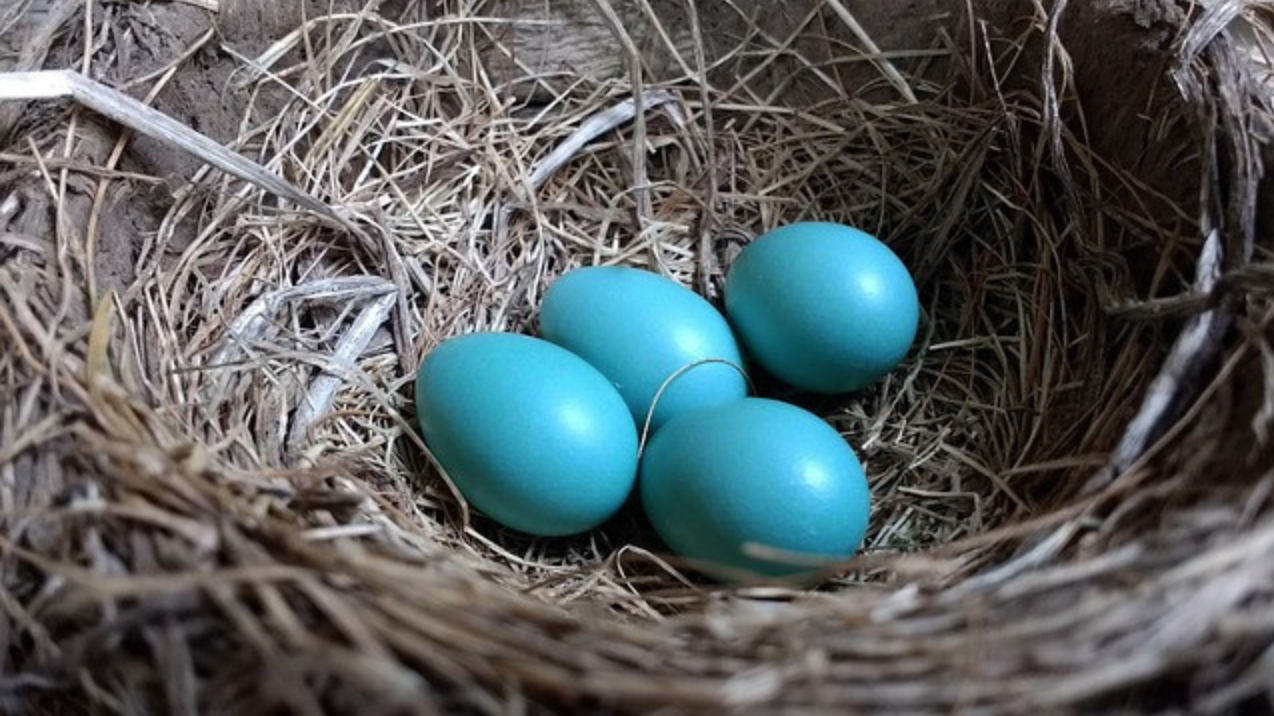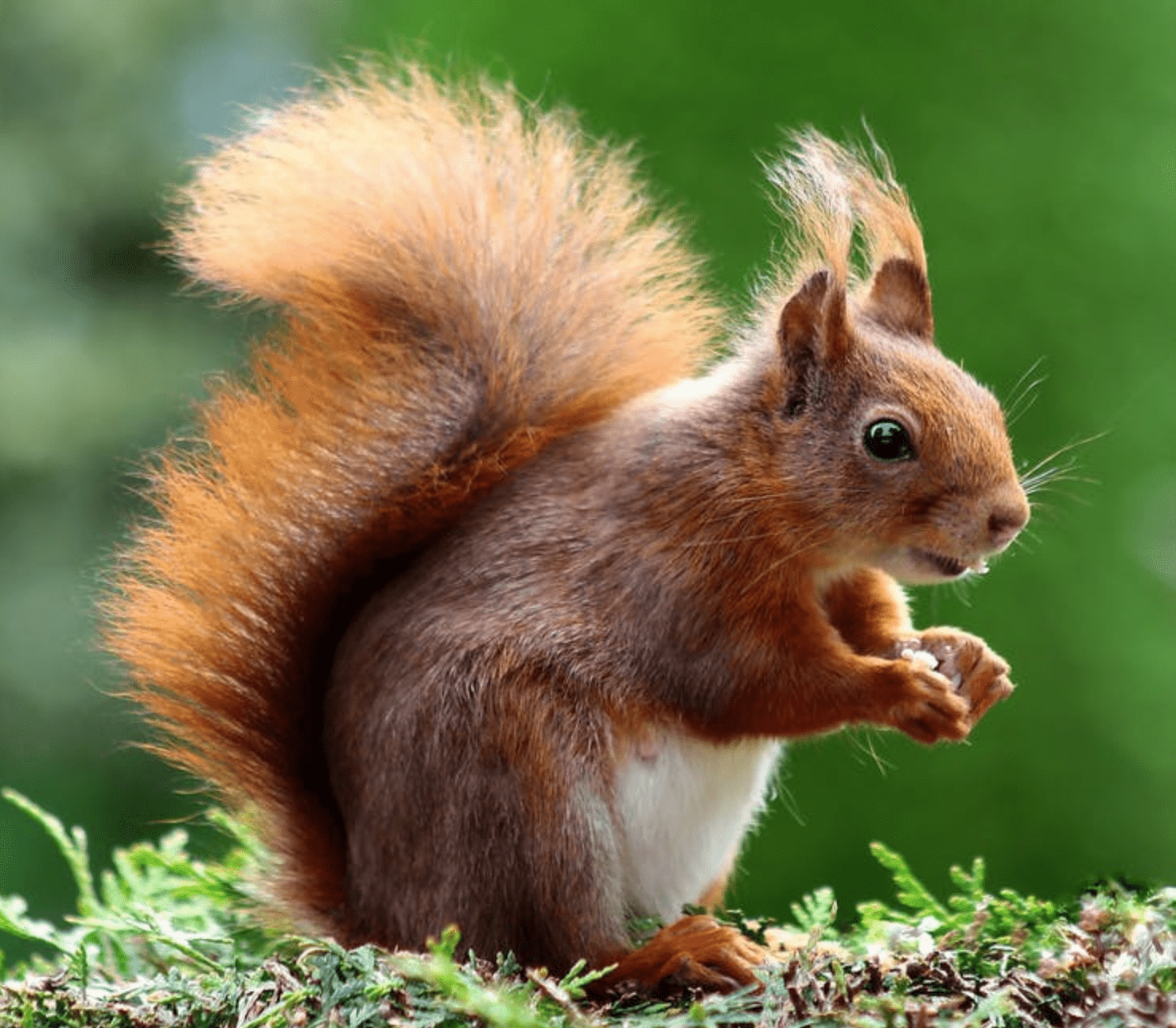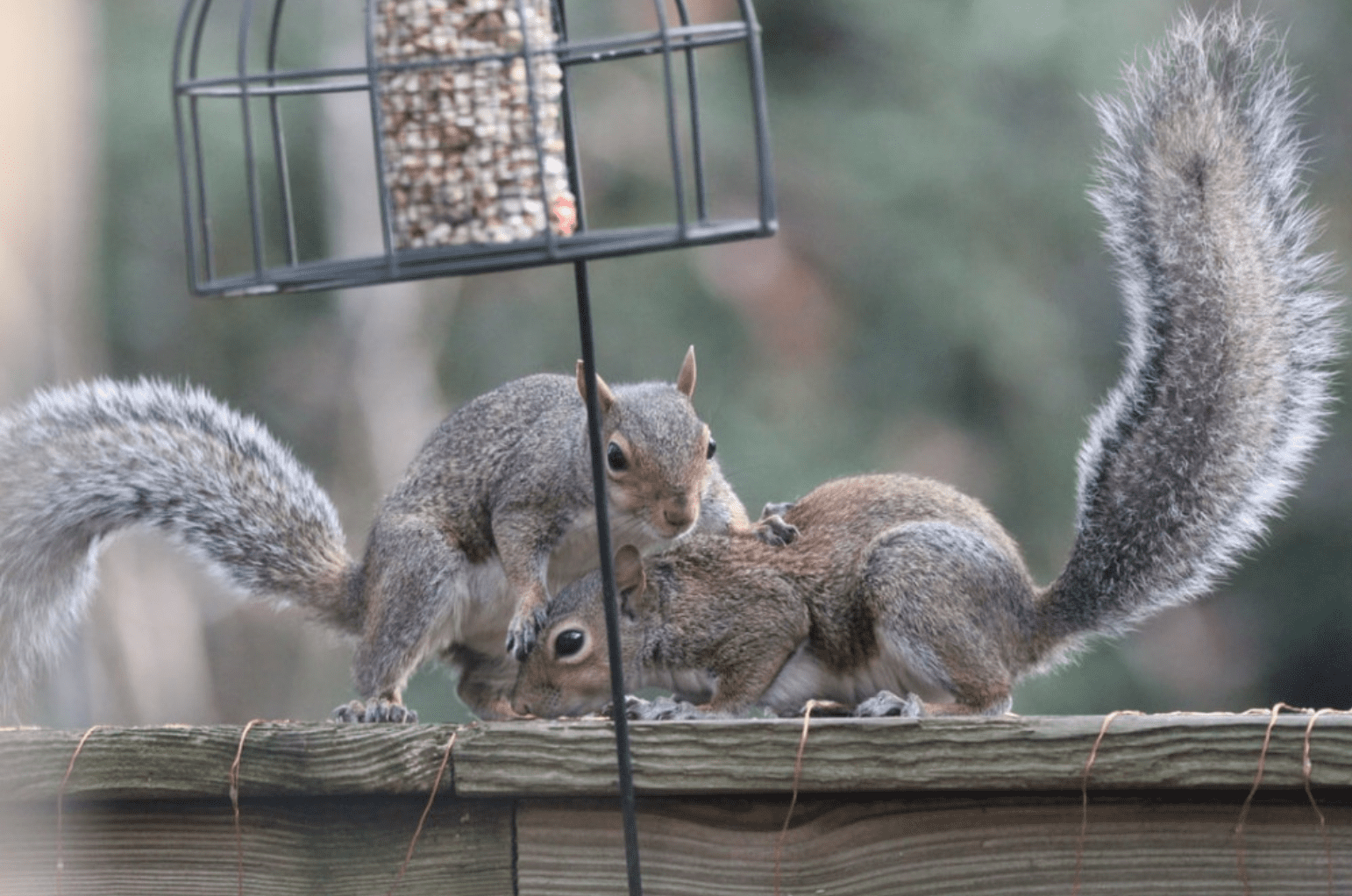People often use a suet feeder when they want to attract a variety of birds because birds that don’t come to eat regular bird seed may come for suet. Suet is the hard fat that is around the kidneys of sheep and cows, and it’s a high-energy food for birds, which is especially helpful in cold weather.
If you want to get more birds, you need to make sure the suet doesn’t get too hot, and you place the suet feeder high, away from other animals. You also need to place the suet feeder in a different location from the seed feeders to ensure harmony among the different birds. Finally, the suet feeder should be at a safe distance from windows so that birds don’t fly into them and hurt themselves.
The placement of your suet feeder will help you attract a wider variety of birds. Continue reading to learn all about hanging suet feeders in your yard.
Where Should You Hang a Suet Feeder?
First, it is important to know what suet is. True suet is the hard fat around the kidneys of sheep and cows but it can also be a form of rendered fat or lard. It is usually added to other ingredients, including oats, cornmeal, wheat flour, or peanut butter. You might also see it with bird seeds, nuts, or fruits.
Now that we know what suet is, we can go over the main things to keep in mind when thinking of where to hand a suet feeder.
Avoid Hot Temperatures
Because suet is a type of animal fat, it needs to be placed in a location where it is not too hot or will melt fast. Shaded locations are ideal. And remember not to store your leftover suet in a hot area, like a garage. If you are going to use it within a week, an air-conditioned area like a basement may be ok. But the best place is in the refrigerator.
The Higher the Location, the Better
You won’t attract more birds if other animals like raccoons and squirrels eat the suet. You can place it on its own pole high up in the air or on a tree branch. Squirrels are too clever, though, and they will probably get to it if they want it. We found 8 Natural Ways to Keep Squirrels Away From Bird Feeders.
Keep Different Feeders Separate
Suet especially attracts birds that eat insects, such as woodpeckers, wrens, chickadees, nuthatches, jays, and starlings. Since the goal is to attract more and different birds you want to keep the suet feeders separate from seed feeders.
Think of it as having two different restaurant sections. The bar (seed feeders) is typically noisy, having too much bird activity. The dining tables (suet feeder) are a little quieter for the insect-eaters birds.
When the suet is mixed with seeds and nuts, birds that eat seed will also be drawn to it. So, by keeping different locations, you separate your customers and will probably get more birds.
Bird feeders and Windows
According to the National Audubon Society, bird feeders and birdbaths should either be within 3 feet of the nearest window or placed more than 30 feet away from the nearest window.
Why? The logic has to do with the likelihood of impact and probability of damage.
When the bird feeder is close to the window, the likelihood of a bird hitting the window is relatively high, but the bird will probably not get hurt at a short distance. The further you go from the window, the more likely it is for the bird to get hurt if it hits the window, but at 30 feet, the bird has enough room to clear the house.
How Can You Feed Suet to Birds?
There are different ways to feed suet to birds. One way is by getting it in round balls that are similar to dough. Then, you can place them on a platform feeder or get a cage made of metal.
Some people make their own suet. They combine suet, melted peanut butter, cornmeal, wheat flour, oatmeal, and nuts, fruit, or bird seed. You can spread this homemade suet on pine cones, on the tree trunks, or on the bark of the tree. Some people refer to this type of suet as bark butter.
But most people use blocks that are premade, and they place them in a suet feeder cage. This type of cage is made to prevent larger birds and animals from coming in and carrying away the suet. In addition, it is easy to clean and replace the suet blocks as necessary.
People usually hang this type of feeder from a shepherd’s hook pole or hang under the eaves on hooks. They can also be hung from the limbs of a tree.
This is a video from Ace Hardware showing what most people use to feed suet to birds.
How to Hang Your Suet Feeder in the Tree
A lot of the different birds that feed on suet feed in the trees. Trees also offer shade to help prevent the suet from melting in the hot sun. It is a good idea to place your suet feeder in, under, or near a tree. This makes it easier to attract the birds.
One idea is to place a pole under or near a tree and hang the suet feeder on it. You can also hang the feeder from a branch of a tree. People also attach their feeders to the trunk of the tree near where the woodpeckers, nuthatches, and creepers already feed.
It is also important for the birds to be able to see the feeder or they won’t use it. Don’t tuck it away in the tree branches; rather, hang it where they can see it and see the activity around it. You will also be able to see it, which is part of the fun of hanging a bird feeder.
If you don’t have a feeder yet, Larry Satchwell goes over an easy DIY project that will cost you a couple of dollars, and birds will love it.
Should You Put Out Suet During the Summer?

Our community currently has a suet feeder by our main pond. However, it is July, and some days have been pretty hot, and I wondered if it is ok to put out suet in the summer.
The National Audubon Society recommends not to put out suet during hot weather as it can turn rancid. There is also a chance that the dripping fat can damage the natural waterproofing on bird feathers.
It is true that the birds in our pond eat the suet pretty fast and it is replaced often, but I will recommend not to put out the suet on hot days.
What is too hot? The consensus seems to be that suet won’t typically melt unless temperatures are above 90F.
In our case, we buy the “no-melt” variety, which is rendered several times to increase their melting point, which keeps them solid at higher temperatures. Nevertheless, we will keep an eye out for hot days.
Please let me know what you think in the comments section below.
Related Posts:




